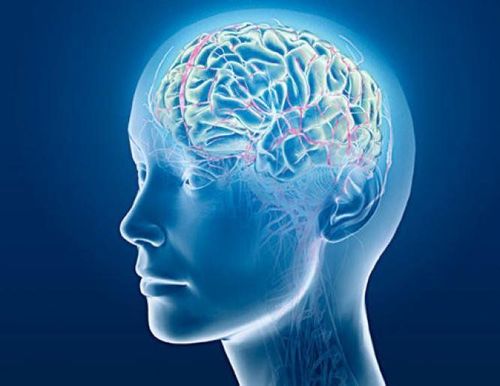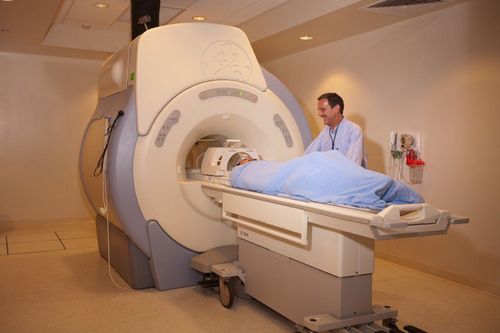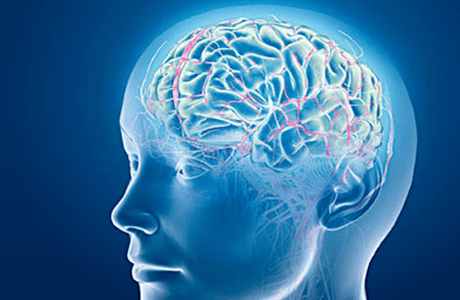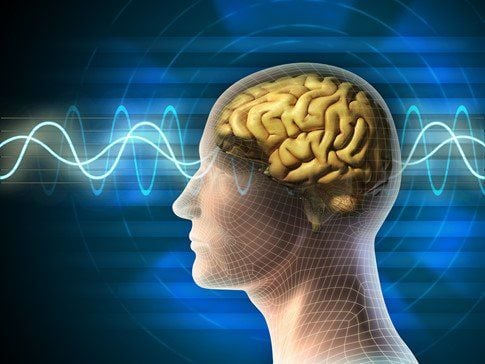This is an automatically translated article.
The article was professionally consulted by Specialist Doctor I Tran Quoc Vinh - Emergency Doctor - Department of Resuscitation - Emergency - Vinmec Nha Trang International General Hospital. Doctor Tran Quoc Vinh has more than 6 years of working experience (starting in 2011) in the field of Emergency Medicine.We all know stroke is caused by high blood pressure and atherosclerosis and less common causes like blood clots moving up from the heart or malformations of blood vessels in the brain. But there is still a cause that has received little attention, and that is amyloid angiopathy.
1. What is amyloid angiopathy?
Amyloid angiopathy is a disease in which arteriolar degeneration, a starchy substance that is deposited in the walls of brain arteries, is found nowhere else in the body.The cause of amyloidosis is a group of structurally malformed proteins called Amyloids.
Amyloid is a group of proteins that are fibrous, insoluble and have a very special structure with about 18 unusual coils compared to other normal proteins in the body. In other words, Amyloids are structurally "malformed" proteins in the body. Because of these abnormal structures, Amyloid cannot interact well with other normal proteins, leading to a risk of disease when they appear in the walls of blood vessels or in the tissues of any other organs in the body. . Studies have shown that, depending on the structural abnormalities, many different types of Amyloid proteins are produced, leading to the risk of infection in different organs in the body. Some typical examples are:
Beta Amyloid protein causes dementia (Alzheimer's disease) Alipoprotein Al causes scleroderma Alpha-synuclein protein causes Parkinson's disease Syrum Amyloid A causes arthritis IAPP (Amylin) causes diabetes type 2 diabetes...
2. Risk of stroke in people with powdery blood vessels
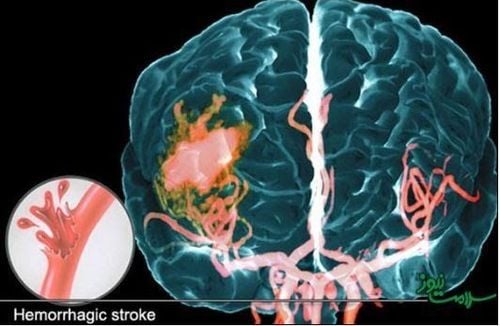
One of the hallmarks of intracerebral hemorrhage due to amyloid angiopathy are “hemorrhagic spots” that occur in areas near the surface of the brain (also called the lobes of the brain).
3. Who has amyloid angiopathy?
The most obvious risk factor for amyloid vascular disease is age. According to statistics, amyloid vascular disease often occurs in people:Over 55 years old People with dementia (because of the same type of Amyloid protein that causes damage) and many studies show that degenerative vascular disease Amyloidosis is related to some morphology of apolipoprotein E gene. In addition, amyloidosis occurs significantly in people with diabetes, dyslipidemia and atherosclerosis, hypertension, and hyperacidity. blood uric acid.

4. Manifestations of powdery degenerative vascular disease
Characterized by small hemorrhages, scattered in the brain parenchyma, under the cerebral cortex, the clinical symptoms of amyloid angiopathy usually manifest slowly and not aggressively and vary depending on the patient's condition. Bleeding from broken blood vessels:Mild cases: When bleeding is small, there may be no symptoms at all, or symptoms may be vague, the patient feels only headache, weakness cognitive, mild deficits in brain function, impaired vision... Severe cases: When bleeding profusely, the disease manifests itself as the hemorrhagic mass grows large, causing convulsions, hemiplegia, loss of consciousness, mild to moderate coma, and even death.
5. How is amyloid angiopathy diagnosed?
Currently, the most reliable method used to diagnose amyloidosis is brain biopsy. This method is done only when absolutely necessary because a biopsy is a surgical procedure that carries a certain risk of bleeding or infection.However, amyloid angiopathy can be diagnosed based on computed tomography (CT) or “echo echocardiography” (GRE) – a form of cranial magnetic resonance imaging (MRI). . This method is a very effective test for intracerebral hemorrhage regardless of whether the bleeding is small or large, occurring hours or years ago.
The characteristic signs of powdery vasculature that appear on the GRE are often referred to as “cortical hemorrhage.”
6. How to treat amyloid angiopathy?

In addition, therapy can also be applied by giving the patient antiepileptic drugs to prevent seizures.
In case of significant bleeding enough to cause stroke symptoms, the follower should keep the patient for one or more days in the intensive care unit for observation until the condition becomes stable .
Currently, we have not found a method to eliminate Amyloid protein - the main cause of amyloid angiopathy. Therefore:
The treatment mainly focuses on treating symptoms such as preventing cerebral edema with mannitol, 3% NaCl, Furosemide diuretics, mechanical ventilation (low PEEP), lying with the head elevated..., taking drugs protect brain cells, ensure respiration, circulation, adequate nourishment... It is necessary to well control co-morbid diseases such as hypertension, diabetes, chronic cardiopulmonary disease. People diagnosed with this condition should maintain normal blood pressure and avoid medications that affect blood clotting, such as aspirin or plavix, as they can increase the risk of bleeding in the brain. Above are the knowledge you need to know about the risk of stroke in people with amyloid angiopathy. Should not be subjective with diseases that cause cerebrovascular accidents - silent killers can take the patient's life at any time.
Please dial HOTLINE for more information or register for an appointment HERE. Download MyVinmec app to make appointments faster and to manage your bookings easily.





